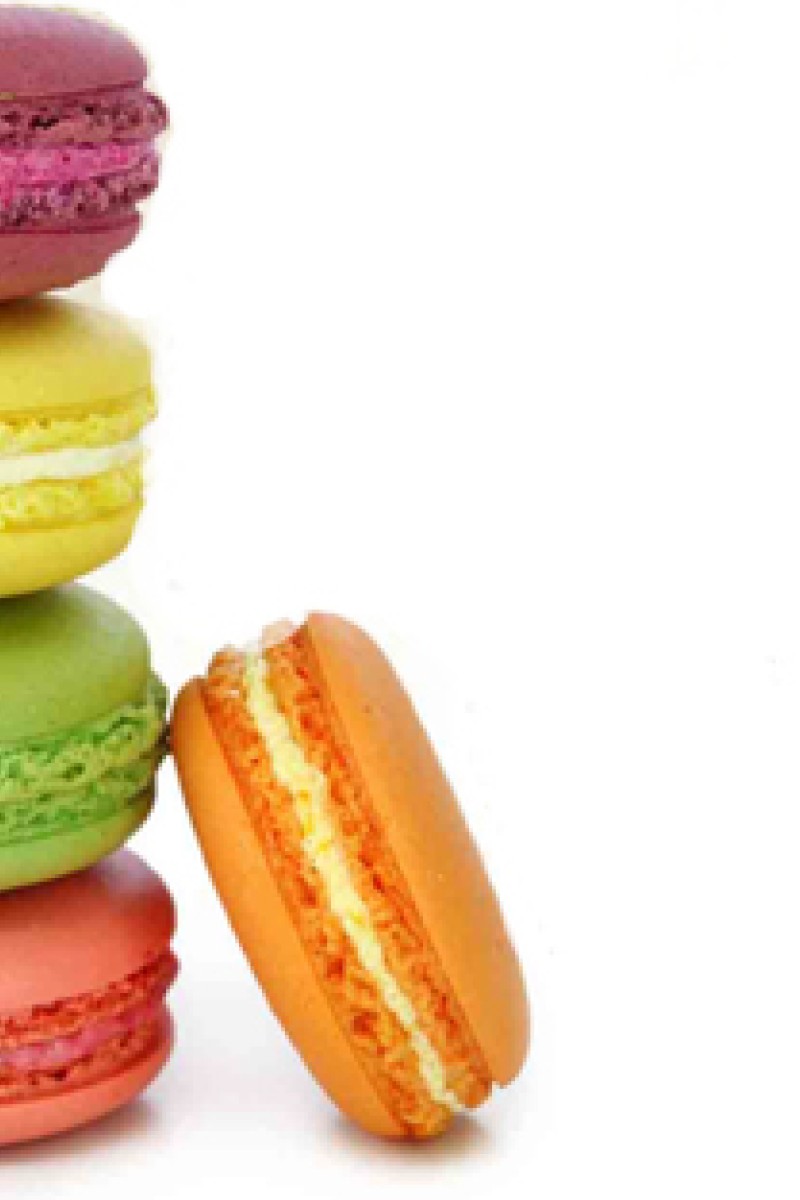
The exact origin of the world-renowned dessert is not known. Many believe it was created by Italian-born French queen Catherine de Medici's Italian pastry chef.
But the modern, pastel-coloured macarons were not invented until the 1930s by Pierre Desfontaines of the French bakery Laduree.
The term "macaron" can be confusing. Usually people think of macaroons, the dense biscuit made with shredded coconut, instead of two meringues stuck together with a ganache (chocolate cream icing). But the similarity is there.
Both confections use meringue; the American version uses coconut, and the French/Italian version uses almonds. The almonds are ground finely, almost into a powder, so the macaron ends up with a smoother texture and the rest is presentation.
Although its appearance is simple, the macaron's texture is quite the reverse. It is crispy on the outside, but gooey inside.
Besides its complex texture, the dessert is not easy to make.
Toni Younes, founder of French patisserie Paul Lafayet, was one of the first to introduce the confection to food-loving Hongkongers in 2009.
Younes says it takes at least three hours to prepare the shells and filling - not including the time the macarons sit in the fridge before serving. He says the delicate shells can crack even with the slightest error, such as undercooking, overcooking, incorrect measurement of ingredients or being sandwiched with the ganache. It is also hard to get both shells the same size.
Paul Lafayet's macarons are not too sweet, but they keep the authentic taste. The most popular flavours at the shop are Earl Grey tea, pistachio and rose.
Younes says he also likes to blend the French treat with Asian flavours such as oolong tea and ginger.
Macarons are definitely the current global confectionery craze. One should have no trouble finding the French staple in Paris. And, since 2010, New York even celebrates with a Macaron Day NYC on March 20. This year 21 New York bakeries offered free macarons to customers.
Macarons have also made their entrance into the media world.The sweets made their debut in the film, Marie Antoinette, and later featured in an episode of Gossip Girl.
The recent cookbook, I Love Macarons, by Japanese pastry chef Hisako Ogita also paid tribute to the dessert star.
